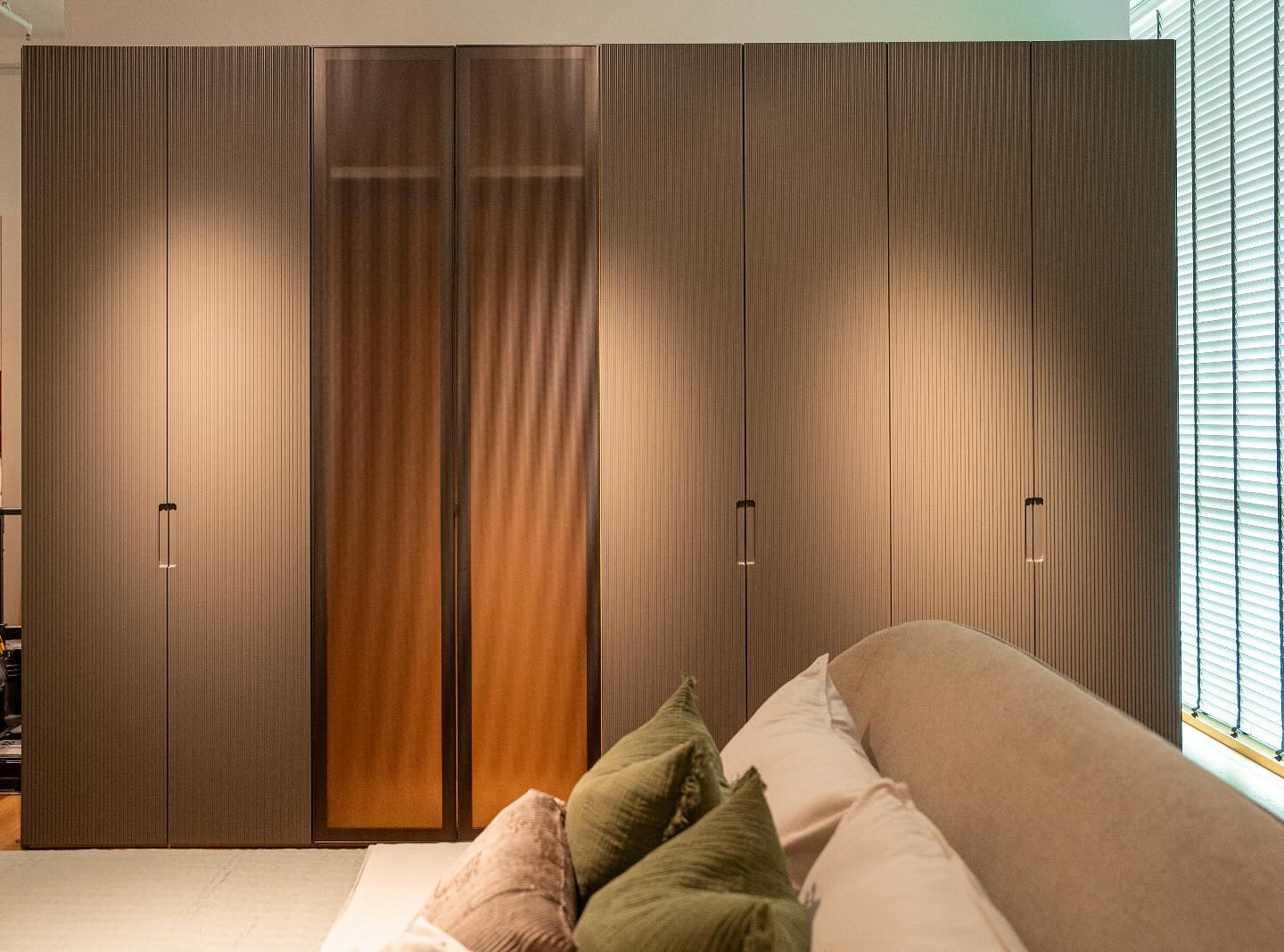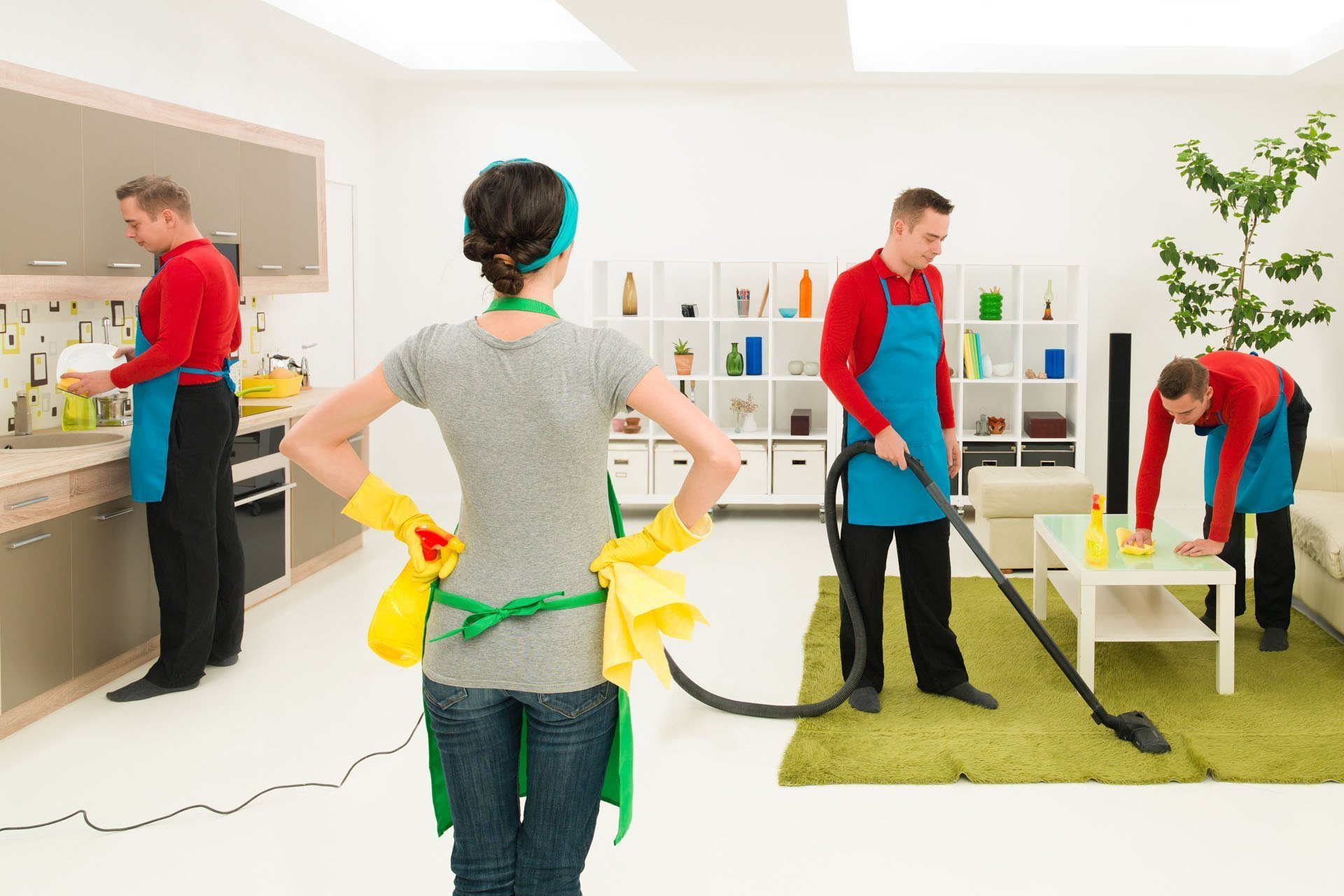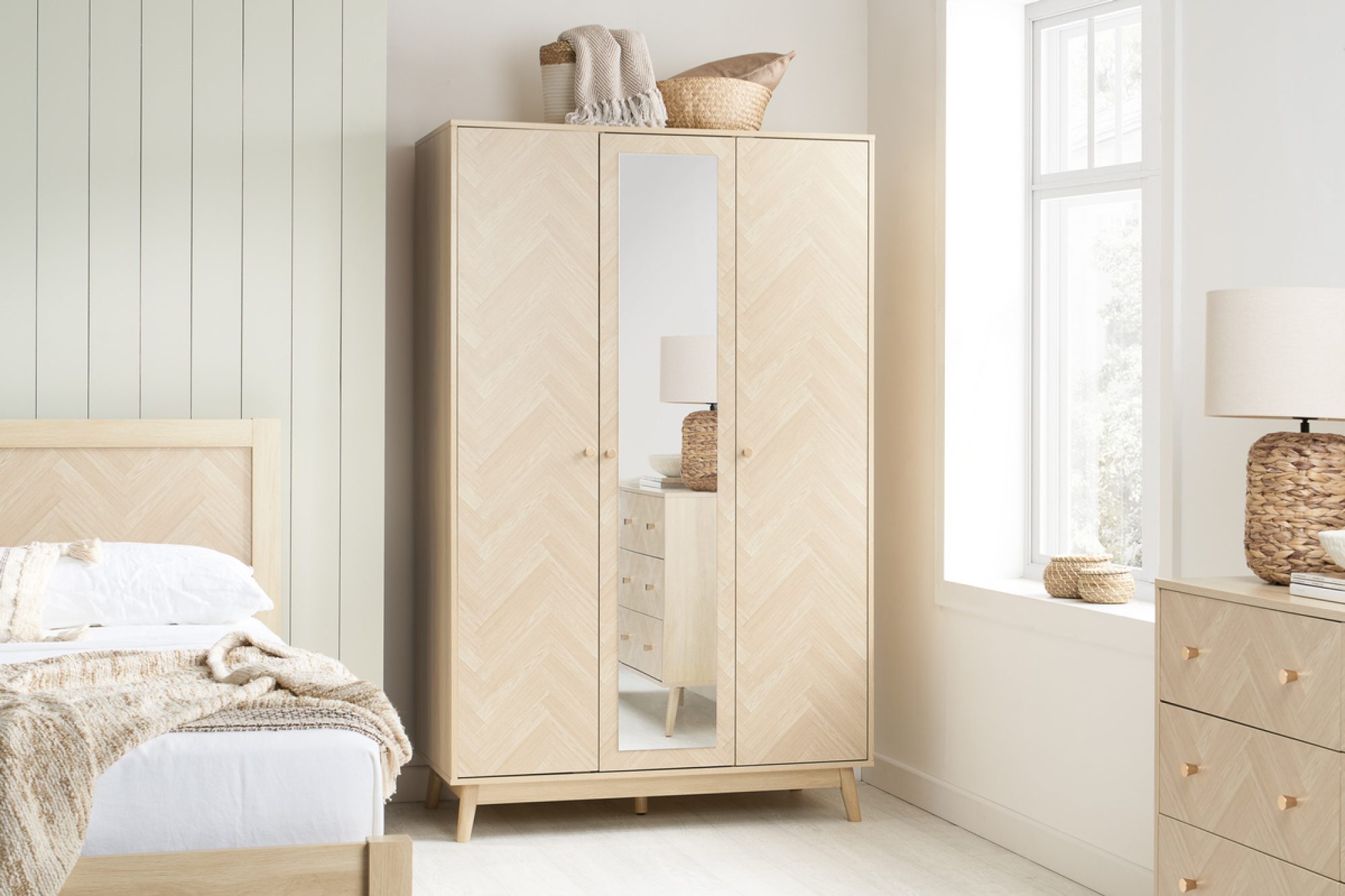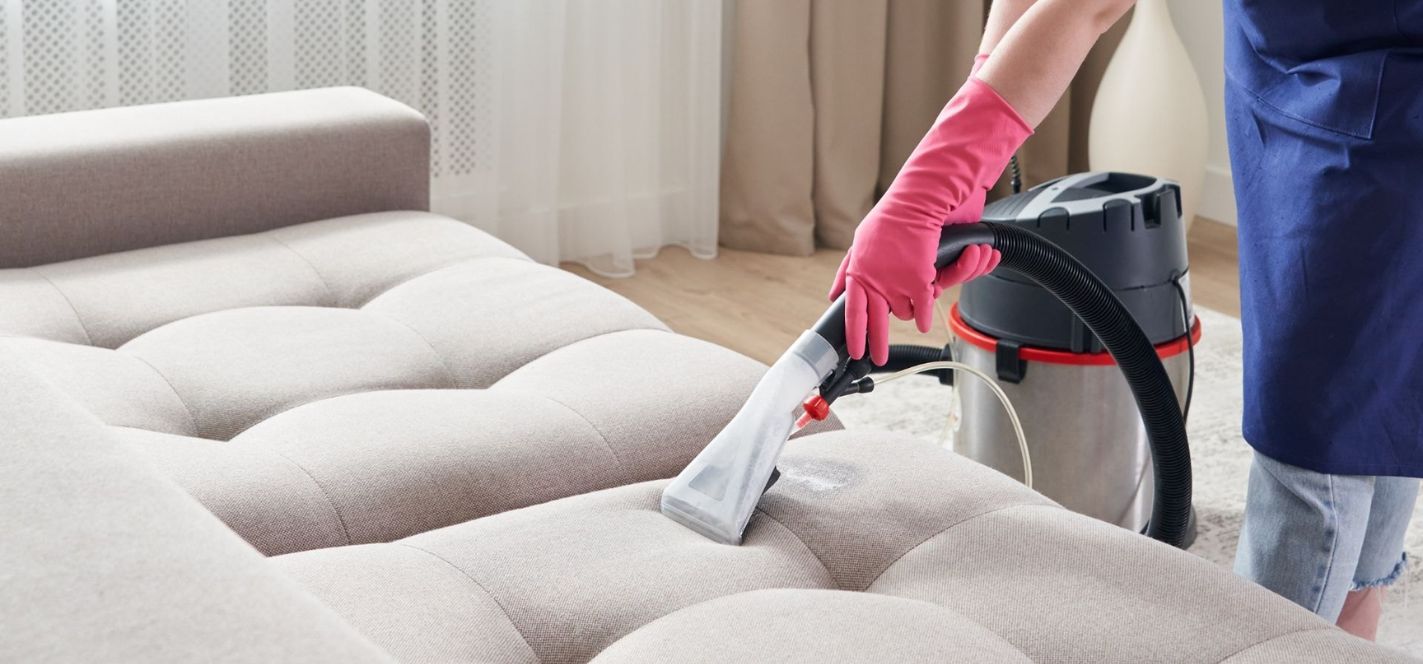In a compact living space, every centimetre matters. A slide and hide door transforms how people use rooms in condominiums. Unlike a regular swing door, which needs space to open and close, this modern alternative disappears into the wall or glides alongside it. For many homeowners in slide and hide door condo Singapore, this feature enhances daily life in subtle and clever ways.
What Makes Slide and Hide Doors Different?
Traditional swing doors rotate on hinges. They demand clear floor space to move and often block furniture or limit layout options. A sliding door system solves that problem. It tucks neatly along a wall track or into a pocket cavity. You don’t need to worry about door arcs or clearance zones.
Most slide and hide doors work on smooth runners. These doors remain flush with the wall or slide behind a cavity when opened. This design blends well with modern condo layouts, especially those focused on minimalism and clean lines. Whether you’re trying to maximise light or carve out flexible zones, this system offers more freedom than any hinged setup.
How Condos Benefit From Slide and Hide Doors?
1. Space Efficiency in Tight Areas
Space matters in every flat, but even more so in a compact unit. Swing doors take up valuable floor area. They may block cupboards, shelves, or seats when open. Over time, that lost space builds up. Slide and hide doors erase that problem.
In a condo kitchen or bathroom, where every inch counts, a sliding solution saves space. You can install storage or a countertop right beside the doorway. Bedrooms get more flexible layout options too. The bed doesn’t need to shift just to allow door movement.
2. More Flexibility in Interior Design
With fewer movement restrictions, sliding doors open up new interior options. Homeowners can rethink how they use walls. Art, mirrors, or shelving can go where a swinging door would usually need space to swing.
The sliding door system often blends better with modern, frameless styles. It suits open-plan designs where room transitions feel seamless. In small condos, people value clever visual tricks that make spaces feel larger. These doors support that goal without changing the structure.
3. Greater Safety for Everyone
Swing doors can cause accidents. Fingers get caught in hinges. Doors swing open quickly and hit people, furniture, or even pets. A slide and hide door avoids all this. The motion stays in one direction, and the door glides slowly by design.
For families with children or elderly residents, this safety matters. It removes risks tied to fast or unexpected door movement. There’s no sharp arc, no sudden collision. Many systems also include soft-close features, making them even safer in shared households.
4. Better Traffic Flow in Narrow Halls
Condos in urban settings often feature narrow passageways. A swing door here blocks movement or demands people step aside. In a narrow hallway or near a cramped laundry area, this can be quite frustrating.
A slide and hide door keeps paths open. It moves parallel to the wall, allowing smoother traffic even when open. People can pass by freely, and there’s no awkward dance of dodging door leaves.
Key Differences Between Slide and Swing Doors
Let’s explore how both options compare across key criteria. This will help clarify why many modern condo owners choose the sliding style.
Before the table, it helps to consider daily life scenarios—bringing groceries into the kitchen, stepping out of the shower, or opening the closet. In each case, the right door choice shapes your comfort and ease.
|
Feature |
Slide and Hide Door |
Swing Door |
|
Space Usage |
Saves floor space |
Needs clearance zone |
|
Safety |
Low injury risk, gentle close |
May pinch fingers or hit objects |
|
Design Flexibility |
Works with minimalist interiors |
Limits layout options |
|
Noise |
Glides quietly |
Can slam when shut |
|
Maintenance |
Tracks need cleaning |
Hinges may creak over time |
|
Privacy |
Good with the right materials |
It better seal but is more obvious |
How They Work in Different Condo Rooms?
1. Living Room
- In this central area, doors often connect to balconies or guest rooms. Sliding doors help preserve flow and allow more layout freedom. A swing door near the sofa can feel cramped or block walking space. In contrast, a slide and hide design vanishes into the wall, making the room feel broader.
2. Bedroom
- Wardrobes, en suite bathrooms, and study nooks benefit from smooth accessibility. People can place furniture right next to the doorway without worrying about door arcs. Late-night trips don’t involve noisy door slams, either.
3. Kitchen
- Swing doors cause trouble in tight galley-style kitchens. They block cabinet doors or fridges. Sliding options avoid this. The smoother opening also benefits pantry spaces.
4. Bathroom
- For small bathrooms common in slide and hide door condo Singapore developments, space counts. A swing door can clash with sinks or towel racks. Sliding doors fix that, offering clear access without crowding.
Challenges and Practical Considerations
While slide and hide doors bring many gains, some practical points still matter. People must think through these areas before choosing the right system.
1. Wall Structure
- Some doors slide into pockets inside the wall. This needs space within the wall itself. It may not suit all buildings. Condos with concrete walls may need surface-mounted tracks instead.
2. Track Cleaning
- Dust builds up in floor tracks. These require cleaning to keep the movement smooth. Some systems now use top-hung tracks to avoid this problem.
3. Sound and Smell Transfer
- While sliding doors save space, they don’t always seal as tightly as swing types. This may allow some noise or smell movement between rooms. Choosing thicker panels or overlap designs can reduce this.
4. Installation Complexity
- The setup may require more planning than a basic hinge installation. Homeowners should prepare for careful alignment, especially in pocket models.
Why Do They Suit Condo Living Best?
Modern condos in cities like Singapore favour efficiency, style, and smooth function. The slide and hide door meets all three goals. It does more than just close a room—it reshapes how that room works. In homes where space is gold, such solutions provide real daily comfort.
The sliding door system is also part of a wider trend. People now want homes that adapt to them, not the other way around. Doors that disappear or blend into the wall support this change. They allow spaces to do more without getting in the way.
In buildings where every square metre costs more, making each part count is vital. A door that opens without blocking, glides without slamming, and looks sleek while doing it—that’s a smart choice.
Final Thoughts
A slide and hide door doesn’t just look modern—it lives modern. It supports open layouts, keeps floor space usable, and reduces bumps and noise. In a tight condo, those gains add up.
From bedrooms to bathrooms, sliding doors remove barriers—literally. They let rooms breathe, blend, and flex. Whether you’re remodelling a flat or choosing finishes for a new unit in a slide and hide door condo Singapore development, this door style deserves real attention.






